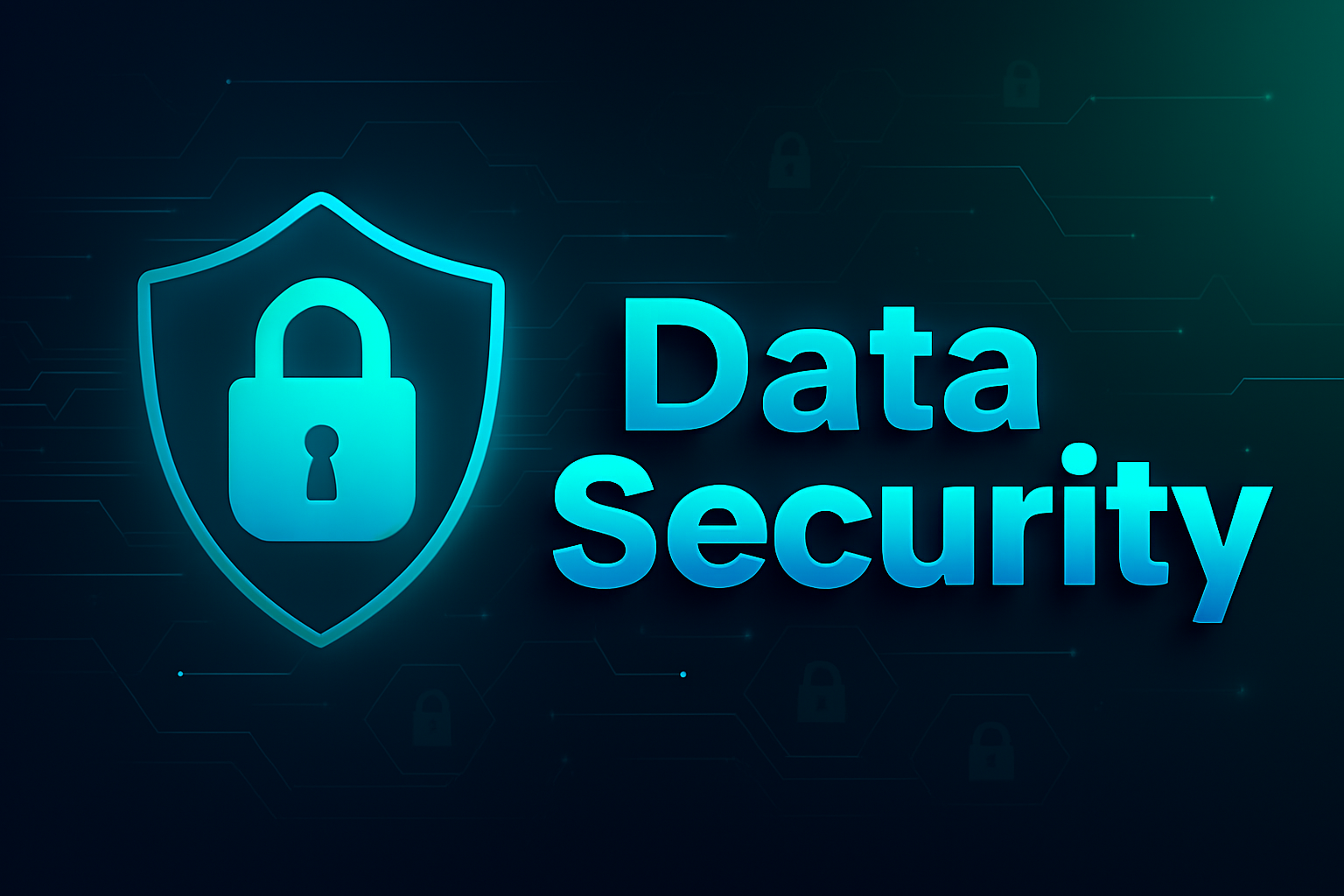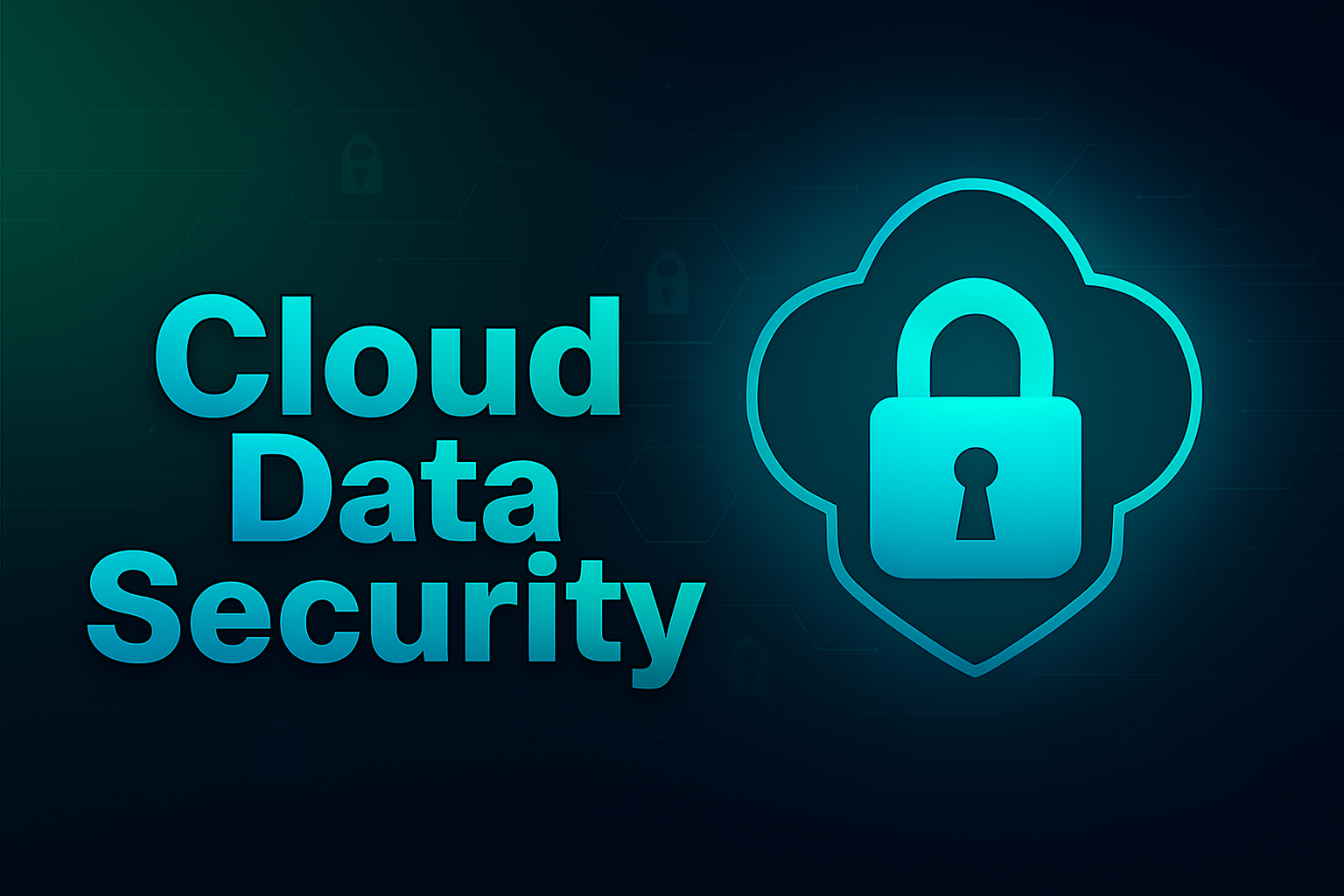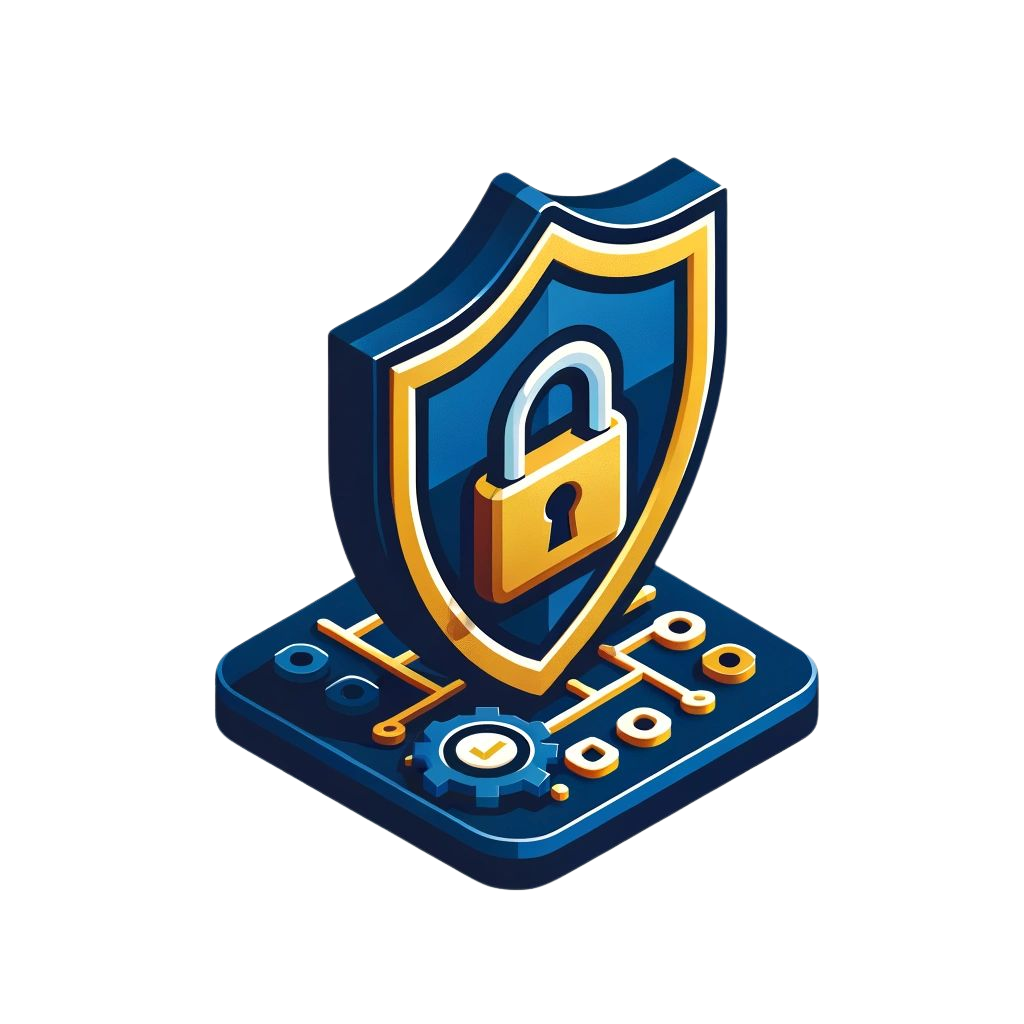
In today’s digital landscape, data is more than just information—it’s currency, identity, and infrastructure. Whether it’s customer records, financial transactions, intellectual property, or internal communications, data fuels every aspect of modern operations. And that makes it a prime target.
Data security is the discipline of protecting this vital asset from unauthorized access, alteration, theft, or destruction. It’s not a single tool or tactic—it’s a layered strategy that spans encryption, access controls, monitoring, and recovery protocols. It’s about ensuring that sensitive information remains confidential, accurate, and available only to those who need it.
But threats are evolving. Attackers no longer rely solely on brute force—they exploit human error, misconfigurations, and overlooked vulnerabilities. A weak password, an unpatched system, or a misplaced device can become the entry point for a breach that compromises thousands of records in seconds.
In a world where data drives decisions, reputations, and revenue, protecting it isn’t optional. It’s foundational.

These days, there’s a lot of buzz around cloud data security—especially with platforms like Office365 touting enterprise-grade protections. But what does “data security in the cloud” actually mean?
At its core, it means that your data—when stored in the cloud and not actively being accessed (known as data at rest)—is encrypted and isolated. It’s invisible to other users of the same cloud service and only accessible to those with valid credentials. This ensures that even within shared infrastructure, your data remains private.
But here’s the catch: cloud security is only as strong as the endpoints that access it.
If a device—whether a laptop, phone, or tablet—is compromised, and that device has access to cloud data, the attacker can exploit that access. They might extract data directly from the compromised endpoint or harvest credentials and use them on another device to breach your cloud environment. In either case, the cloud itself isn’t the weak point—the endpoint is.
Remember, if your endpoints are vulnerable, then your cloud data is also at risk.
Data security must be proactive, not reactive. It’s about anticipating risk, not just responding to it. This means:
- Identifying vulnerabilities before they’re exploited
- Implementing layered defenses across systems
- Training staff to recognize and avoid threats
- Monitoring activity for early warning signs
- Responding swiftly to suspicious behavior
- Reviewing and refining policies regularly
